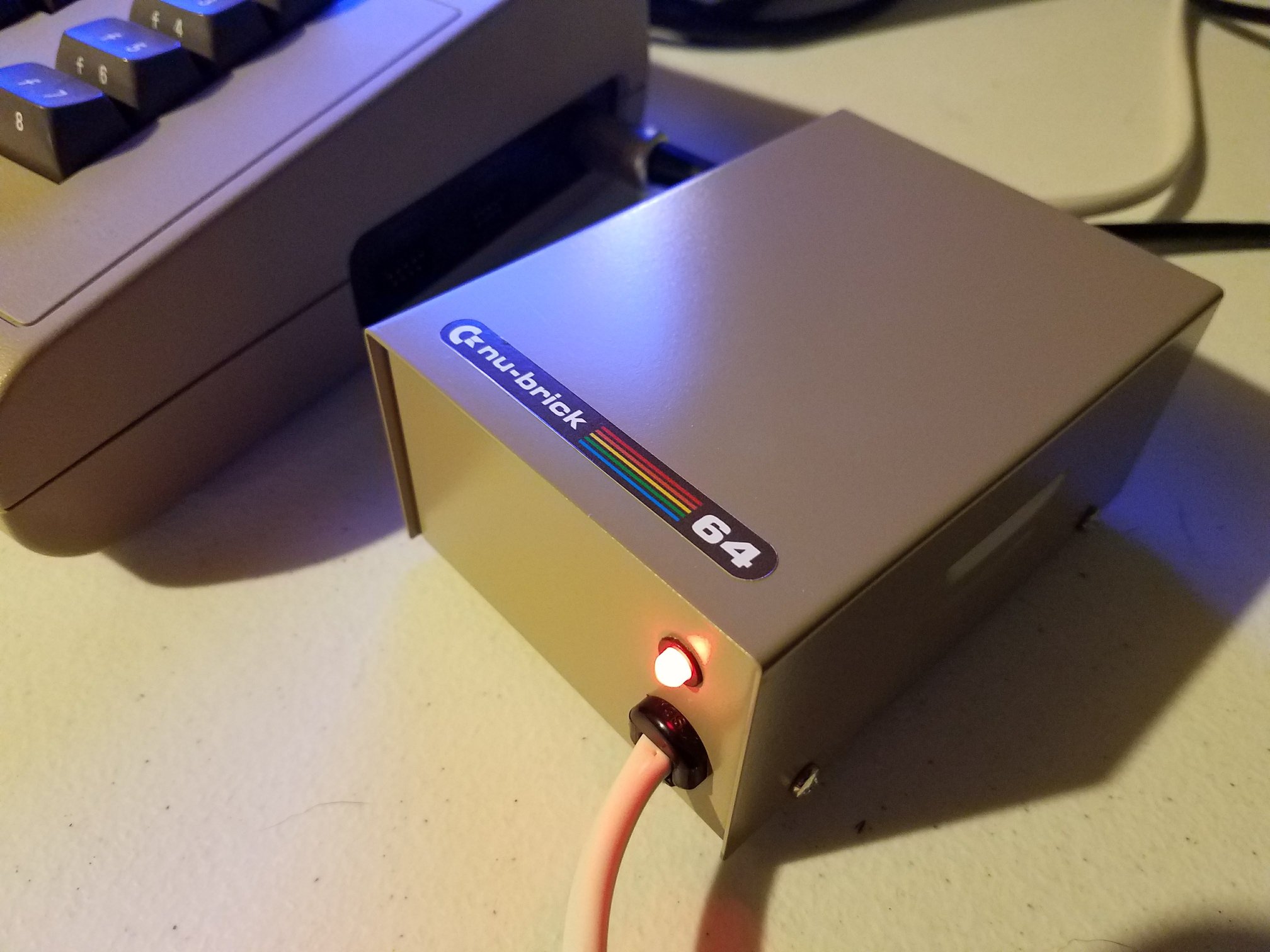In episode 127 of FairLight TV, host Back and returning guest Adam “Trident” delve deep into the wonders of the VIC-II chip, unleashing a torrent of visual wizardry through a single register: $D011. Aptly titled $D011 Mayhem, this episode goes far beyond nostalgia. It’s a technical showcase of groundbreaking effects being developed right now—some just months old—on the humble Commodore 64.
From new demo effects that push the VIC-II chip beyond anything its designers imagined, to in-depth walkthroughs of how stretching, squashing, zooming, and bending screen data is even possible—this episode is a visual and educational feast.
Modern Techniques, Retro Hardware
Adam kicks things off by showing effects running on a standard C64—no hardware acceleration, no cheats—just clever manipulation of registers like $D011, $D018, and DD00. The episode explores four core techniques:
- Repeated Character Lines: Letting fonts carry the load by faking badlines and using custom character sets per row.
- Raster-Timed Badlines: Triggering them at specific intervals to distort the vertical display—an idea behind the famed “Graham Zoomer.”
- Bitbuster-Style Stretching: Revisiting the 1988 demo that stretched full bitmaps by tricking the VIC’s internal counters.
- Selective Badline Timing: A newly discovered technique from 2024-2025 that creates compressed full-screen bitmap effects with zero precedent.
Each method builds on C64 history, blending old discoveries with new timing tricks, precision font switching, and cycle-counted raster interrupts.
A Front-Row Seat to VIC Sorcery
One of the standout segments involves the “Pernau Squeezer” effect—recently unveiled in 2025—which lets demo coders perform fully independent X and Y axis bitmap scaling. This jaw-dropping trick relies entirely on VIC’s overlooked behaviors when badlines are inconsistently triggered and bitmap banks are swapped mid-frame.
Adam explains not only how it’s done, but why it works, with pixel-level illustrations that demystify these obscure mechanisms. If you’ve ever wondered how a 42-year-old machine can rival GPU transitions, this is the masterclass.
Why You Should Watch
What makes this episode so essential is the accessibility of the explanations. Whether you’re a seasoned demo coder or just VIC-curious, Back and Trident strike a perfect balance of technical detail and entertaining banter. You’ll walk away appreciating just how much power hides in those old-school registers.







